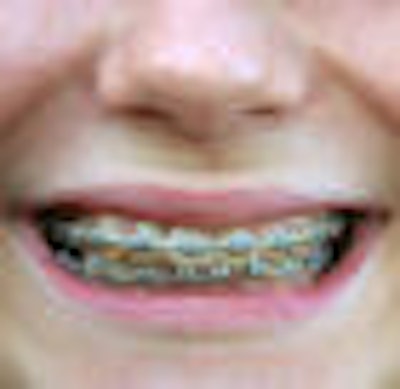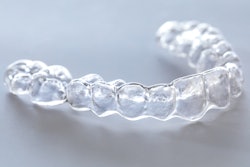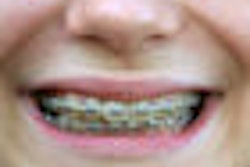
You have done the hard work. Your patient's teeth are straight, and now it is mostly up to them to keep it that way.
Unfortunately, you can give patients all the instructions you want about regular retainer use after orthodontic treatment, but there is no way to guarantee compliance.
But a new study indicates they may be doing better than you think (American Journal of Orthodontics & Dentofacial Orthopedics, November 2010, Vol. 138:5, pp. 592-598).
Researchers from Case Western Reserve University followed 428 patients for two years after debonding and found that although compliance rates tended to decrease over time, most patients continued to wear their retainers at least one night per week
"The areas of retention, relapse, and postorthodontic changes are generally poorly understood, which prompted us to study the current evidence and plug gaps in our existing knowledge base," study author Manish Valiathan, DDS, an assistant professor in the dental school's orthodontic department, told DrBicuspid.com.
There are particularly few studies on patient compliance, a critical part of postorthodontic change, as it relates to retainer use in orthodontics, he added.
The study
The purpose of this study was to estimate the number of hours per day and week that patients wore their retainers in the first two years after active orthodontic treatment, and whether that agreed with the prescription advised by their orthodontists.
— Manish Valiathan, DDS
The authors used a random sample of 1,200 orthodontic patients who were selected from four offices. Data was collected by a self-administered questionnaire that consisted of six items:
- Type of retainer prescribed
- Age
- Sex
- Length of time since debond
- Hours per day and nights per week that patients wore their retainers
Compliance was determined by adherence to the lowest common denominator among office retention protocols.
The overall response rate was 36% (428) completed surveys.
Here are some of the results:
- Within the first three months of fixed appliance removal, 4% of the sample was not wearing retainers.
- By the end of the first year, this number increased to 7%.
- Nearly 20% of the sample was not wearing retainers by the end of two years of the retention phase. However, the vast majority continued to wear their retainer less than 10 hours per day, every night of the week.
- From 19 to 24 months after debond, 45% of the patients were wearing their retainers every night, with 81% wearing retainers at least 1 night per week.
- Age, sex, and type of retainer did not influence the levels of compliance.
Decreased compliance over time
"The fact that over 80% of our patients tend to use their removable retainers at least one night a week after two years of active treatment was encouraging," Dr. Valiathan said. "On the other hand, it is obvious that 4% of the patients are not complying with our recommendations from the very day the braces come off!"
Although compliance is an issue, this data suggest that a majority of patients are in fact complying with their orthodontist's instructions at least two years out of active treatment, he added.
"It is important to note that the other 19% to 20%, who are not wearing it at least one night a week, were not evaluated for the presence or absence of relapse. The area should therefore remain an active area of investigation," he said.
Other experts also are concerned that patient compliance decreases over time and can cause relapses.
Michael Pratt, DMD, who has done similar research, said that studies on retainer compliance consistently show that on average the longer a patient has been out of braces the less likely they are to wear their retainers.
"As a person ages, there are ever-changing forces placed on the teeth by the tongue, cheeks, and lips," Dr. Pratt explained. "This natural aging process can cause a change in the alignment of the dentition, and retainer compliance is extremely important if a patient wishes to maintain their alignment as this aging process occurs."
The role of the dentist
Patients need constant reminders of the importance of retainer compliance, and general dentists are in the perfect position to provide these reminders, Dr. Pratt said.
Dr. Valiathan agreed that dentists are an integral part of maintaining postorthodontic results.
"It would be beneficial for the dentist to have the patient bring their retainers with them for routine office visits," he said. "This would then give them an opportunity to check and adjust the appliance as needed, and reinforce the regimen of wear prescribed."
Although Dr. Pratt felt that the study design and survey return rate was excellent, he was somewhat surprised that this study did not show any statistically significant differences in retainer compliance when comparing age, sex, or retainer type.
Some other studies have shown these factors to play statistically significant roles when evaluating patient compliance with orthodontic retainers, which means further research is needed in this area to resolve any conflicting data, he concluded.
Copyright © 2010 DrBicuspid.com



















